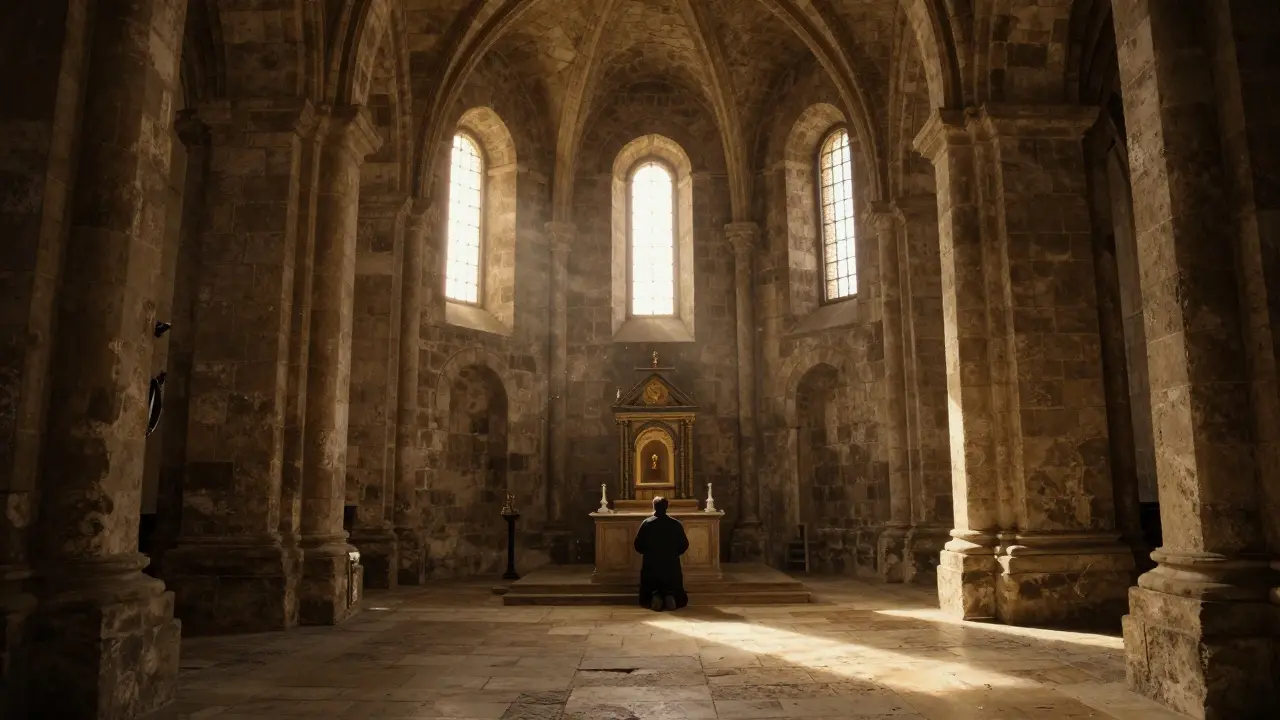Rounded arches: Spot them, understand them, and keep them strong
Rounded arches are one of the simplest details that tell you a lot about a building. They show up in Roman ruins, medieval churches, and in revival homes from the 19th and 20th centuries. Once you can read them, they reveal construction tricks, age, and sometimes the builder’s taste.
This guide helps you recognize rounded arches fast, explains why they were used, and gives basic care tips you can use if you’re renovating or just curious.
Where to find rounded arches
Rounded arches are common in these places: Roman buildings (think aqueducts, baths, and the Colosseum), Romanesque churches with thick walls and small windows, Byzantine domes, and many revival styles like Renaissance Revival and Beaux-Arts. You’ll also see them over doorways and windows in older public buildings and some Craftsman or Colonial houses that borrow classical details.
Look for a smooth semicircle spanning an opening. Unlike pointed Gothic arches, rounded arches form a continuous curve from one side to the other. They can be made of stone, brick, concrete, or even timber framing covered with plaster.
How rounded arches work—and how to care for them
Rounded arches move weight down into the supports at each end. That makes them strong without lots of extra material. Romans used this to build large vaults and bridges. Later builders copied the idea because it’s simple and reliable.
If you own or work on a building with rounded arches, check a few things: cracks in the curve, movement in the supports (piers or columns), and water damage at the base. Small hairline cracks often come from settling and can be monitored. Big cracks that widen, or sagging, mean you should call a structural engineer.
When restoring, match materials. For stone or brick arches, use mortar similar in composition and strength to the original. Hard modern cement can trap moisture and damage old masonry. For plastered arches, repair with breathable lime-based mixes so moisture can escape.
Cleaning should be gentle: soft brushes, mild soap, and low-pressure water. Avoid sandblasting or harsh acids on old stone—they strip surfaces and weaken details. For painted wooden arches, remove loose paint, seal rot, and prime before repainting.
Want a modern twist? Rounded arches can be scaled down as simple window tops, repeated as a row of small openings, or turned into interior niches for shelving and lighting. Architects often use them to soften a strict rectangular room and add visual rhythm.
Next time you walk through a city or tour an old house, look up at doorways and bridges. Rounded arches are easy to spot and tell a clear story about structure and style. If you’re fixing one, match materials, watch for movement, and ask a pro early if something looks wrong. Preserving an arch keeps both form and function alive.

The Enduring Legacy of Romanesque Architecture
Romanesque architecture shaped medieval Europe with its thick stone walls, rounded arches, and enduring churches. Still standing today, it laid the foundation for Gothic design and remains a powerful symbol of permanence and faith.
Read more
Romanesque Architecture: The Birth of a Grand Style
This article breaks down what makes Romanesque architecture stand out, from its chunky stone walls to its famous rounded arches. You'll get a sense of why this style took off around Europe during the Middle Ages. Curious about the first cathedrals and how people actually built them without cranes? We’ll cover that. Expect stories, unexpected facts, and some tips if you ever set foot in an old Romanesque church.
Read more